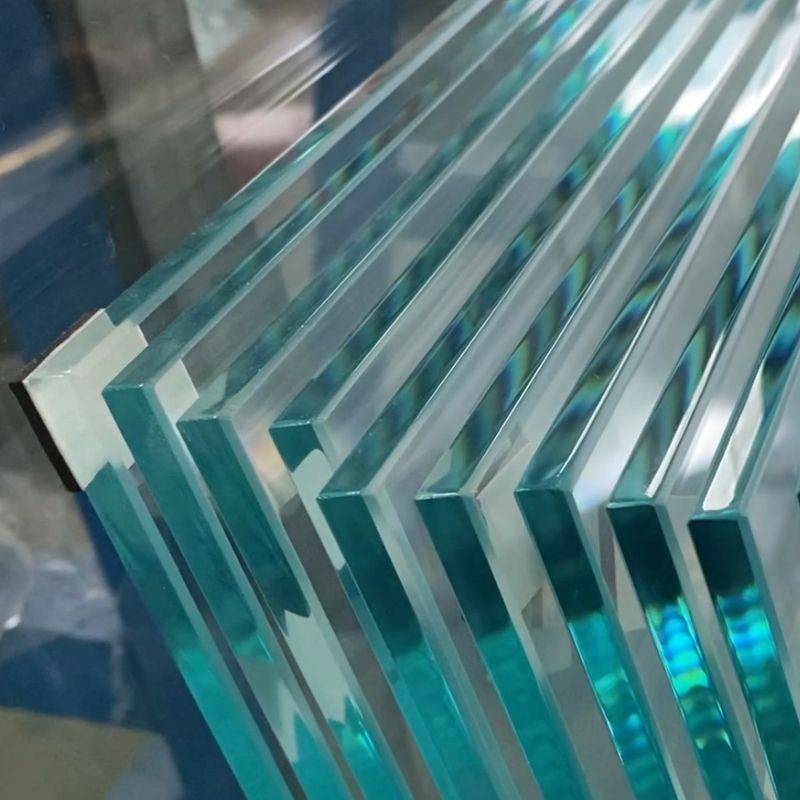

Reflective Toughened Glass A Revolution in Architecture and Design
In the rapidly evolving landscape of modern architecture, materials play a pivotal role in shaping not only the aesthetics of our built environment but also its functionality and sustainability. One innovative material that has gained significant traction in recent years is reflective toughened glass. This remarkable material combines the durability of toughened glass with reflective coatings, offering a myriad of benefits for both commercial and residential applications.
What is Reflective Toughened Glass?
Reflective toughened glass is a type of flat glass that has been heat-treated to increase its strength and thermal resistance. The toughening process involves heating the glass to high temperatures and then rapidly cooling it, resulting in a glass that is significantly stronger than standard glass. This glass is then coated with a reflective layer, typically made of metal oxides, which enhances its ability to reflect solar radiation. The combination of these two features produces a material that can withstand extreme weather conditions while providing superior energy efficiency.
Benefits of Reflective Toughened Glass
1. Enhanced Energy Efficiency One of the primary advantages of reflective toughened glass is its energy-efficient properties. The reflective coating minimizes the amount of solar heat that enters a building, reducing the reliance on air conditioning and thereby cutting energy costs. In colder climates, the glass can also help retain heat, contributing to a more balanced indoor temperature.
2. Increased Safety and Security The toughened nature of this glass makes it significantly more resistant to impact and breakage compared to standard glass. This durability not only protects occupants but also reduces the risk of injury from shattered glass. In commercial buildings, this characteristic is particularly beneficial as it enhances security against vandalism or potential break-ins.
3. Aesthetically Pleasing Design Reflective toughened glass adds a modern aesthetic to any building. Its sleek, mirror-like finish can create stunning visual effects, reflecting the surrounding environment and contributing to the overall design language of a structure. This element of design flexibility makes it a popular choice among architects and designers looking to create iconic buildings.

4. UV Protection The reflective coating on this type of glass also blocks a significant percentage of ultraviolet (UV) radiation. This feature is crucial for protecting interior furnishings, artwork, and other materials from sun damage. By minimizing UV exposure, reflective toughened glass helps maintain the integrity of a building's interior, extending the lifespan of valuable assets.
5. Sound Insulation Reflective toughened glass can also provide improved sound insulation, making it an excellent choice for urban environments where noise pollution is a concern. By reducing the transmission of sound between the interior and exterior of a building, this glass contributes to a more peaceful and comfortable living or working space.
Applications in Architecture
Reflective toughened glass is incredibly versatile and can be employed in various architectural applications. Skyscrapers and high-rise buildings often utilize this glass to create a striking façade while maximizing energy efficiency. Its strength and reflective properties also make it an ideal choice for curtain walls, windows, and doors in both commercial and residential settings. Furthermore, its use in indoor spaces, such as partition walls and skylights, enhances the aesthetic appeal while providing practical benefits.
Conclusion
Reflective toughened glass represents a significant advancement in the field of materials used in architecture and design. With its blend of durability, energy efficiency, aesthetic appeal, and safety, it has become a favored choice for modern building projects. As architects and designers continue to seek innovative solutions to meet both functional and environmental challenges, reflective toughened glass is poised to play an essential role in the future of sustainable architecture. As we embrace the possibilities it offers, the built environment will not only become more visually striking but also contribute to a healthier, more sustainable world.
In summary, reflective toughened glass is more than just a practical building material; it is a transformative element that influences the way we experience and interact with our surroundings, ultimately redefining the boundaries of architectural design.